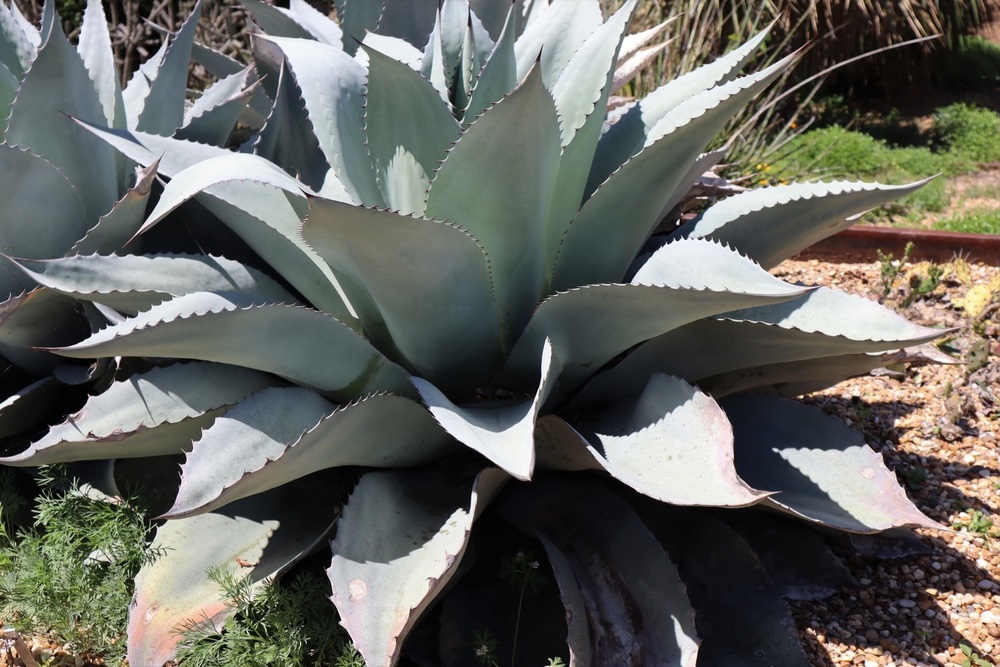What Are the Differences Between Vodka And Tequila?
Two of the most enjoyed spirits worldwide are tequila and vodka. They both have a high alcohol content and are produced from fermenting plants.
Vodka and tequila are two of the most popular hard liquors. Vodka and tequila both have an average alcohol by volume (ABV) of roughly 40% and 50%, respectively. As a result, both spirits are referred to as “hard.”
Can you tell the difference between tequila and vodka, after all?
If not, you should read this article. You’ll learn how to make the distinction between the two spirits.
Battle of the Booze: Tequila vs. Vodka ─ Main Differences
Both Tequila and Vodka are distilled liquors produced through fermentation. Beyond that, their composition, flavour, method of manufacturing, age, geographic origins, and cultural roots all differ significantly.
1. Ingredients ─ Agave vs. Grains
Blue Agave Tequilana: Agave Tequilana, commonly referred to as the blue agave plant, is a variety from which tequila is created. After the agave is harvested, it is roasted, followed by a yeast maceration and two distillations.
Vodka: Potatoes and wheat are the two main components needed to manufacture vodka. A fermenting mash is distilled to create vodka. Before the entire amount of sugar is transformed into alcohol, the fermentation process is halted. producing minimal flavour in the vodka.
Potato Vodka: Potatoes are potentially used to make vodka. Mashed potatoes are fermented to create potato vodka. In comparison to other types of vodka, potato vodka typically has a higher alcohol content. This is significant as potatoes have a higher sugar content than other crops.
Grain Vodka: Compared to potato-based vodka, grain vodka has a softer flavour. Additionally, it is less sweet than potato-based vodka. Grain vodka is produced using grains like rye, barley, or wheat.
2. Distillation Process ─ Pot Stills vs. Column Stills
Pot Stills: After fermentation is finished, vodka is prepared for distillation. The mash is put into a still and then heated up until the alcohol starts to boil. Alcohol that has been vaporized rises from the still. The alcohol transforms back into a liquid once this vapour is collected and cooled.
Column Stills: Two distillations of tequila are performed, the first of which uses steel distillation columns. The blue agave juice undergoes its first distillation, which removes the water while collecting the alcohol. To achieve the high ABV level, it is then distilled once more.
3. Aging ─ Oak Barrels vs. Unaged
Oak Barrels Unlocks Flavour & Complexity of Tequila
Tequila will be less pricey and have a stronger alcohol sting when it is younger. Tequila often develops less of an alcohol burn as it ages. All tequilas must be matured in oak barrels, but for many brands, the time, style, and kind of casks wind up dictating the tastes of the natural agave.
The oak barrel aging method gives a rich expression of flavour personas to aged tequila. A decent oak barrel aging technique shouldn’t overpower the tequila’s taste profile by introducing too many new flavour notes.
The more time a tequila spends in the barrels, the more wood tannins, vanillin, and colour are infused into the finished product. Tequila mellows down with age and begins to exhibit certain qualities of the barrel it sits in. There are often overtones of vanilla, oak, caramel, or spices in a well-aged tequila.
- Reposado tequila ~ aged for several months.
- Añejo tequila ~ aged from 18 months to 3 years.
- Extra-Añejo tequila ~ aged for more than 3 years.
Vodka Is Not Aged
Due to the increased alcohol content and lower number of flavour-altering chemicals produced by column distillation, many column-distilled spirits like vodka aren’t as suitable for aging. The purity of vodka is its selling point. The only ingredients in vodka are ethanol and crystal-clear water. Vodka wouldn’t be vodka at all if it were placed in a wooden barrel.
Some vodkas have been flavoured by adding a flavouring ingredient to ethanol and water. Vodka that has been aged in barrels or casks is known as starka. They are a whole other entity. Simply put, vodka does not require aging in oak barrels or any other type of barrel.
4. Geographic Origins ─ Mexico vs. Eastern Europe
When people speak of Vodka, they assume Russia. And when they talk about tequila, they imagine Mexico.
TEQUILA:
The origin and geographic locality of Tequila are in Mexico. Tequila is exclusively produced from the blue agave plant, which is unique to Mexico and only grows there.
VODKA:
Vodka, in contrast to tequila, is not region-specific. Vodka was first produced over a thousand years ago in Russia and Eastern Europe.
This region is referred to as the “vodka belt” because of the great density of distilleries there. Poland, Ukraine, Belarus, and the Baltic States are among the nations that make up this area. The vodka-making processes and practices differ in each of these countries.
5. Cocktails ─ Margarita vs. Martini
TEQUILA:
Tequila is consumed as a shot with lime and salt, to improve the flavour of the tequila. It is frequently seen as a “harder” liquor and is typically gulped faster than vodka. Tequila is a creative Spirit. You can take it straight up or on the rocks. Tequila is a preferred liquor that is blended in cocktails.
VODKA:
Spirits like vodka are more frequently blended with mixers like juice or soda or sipped neat on the rocks. vodka is one of the most common spirits and a base in countless cocktails.
Vodka Cocktails | Tequila Cocktails |
Classic Martini | Classic Margarita |
Moscow Mule | Mexican Mule |
Bloody Mary | Bloody Maria |
Cosmopolitan | Tequila Sunrise |
Appletini | Tequini |
Screwdriver | Tequila Sour |
Black Russian | Paloma |
White Russian | Long Island Iced Tea |
Sex on the beach | Negroni |
Vodka Tonic | Diablo Rojo |
6. Appearance & Flavour Notes ─ Golden vs. Crystal Clear
VODKA:
- Vodka is an odourless, sleek, and neutral beverage.
The transparent liquor known as vodka has a smooth, sweet flavour. The flavour of vodka is mild, and subtle making it a neutral spirit. moulded by the components that went into its creation.
Vodka comes in subtler varieties.
The flavour of the vodka is influenced by the ingredients that are utilized. The flavour of potato-based vodka differs from that of grain-based vodka.
Potatoes have more starch than grains, which means there is more sugar present for fermentation. As a result, the vodka produced this way tastes better than vodka created from grains.
Fruit & Spice Vodka: Some vodkas have additional flavours added, such as herbs, fruits, or spices. As a result, the vodka has a variety of flavours. Vanilla, raspberry, and peppermint are a few flavours of vodka that are often used.
TEQUILA:
- Tequila has a clear to golden tint.
Tequila’s flavour and appearance are influenced by the fermenting process, unlike Vodka. The clearest variety of tequila, called “Tequila Blancho,” is the purest; nonetheless, most people think of it as a golden liquid.
Tequila has a distinctive taste profile that is earthier, more prominent, and somewhat sweeter than vodka. There are five main varieties of tequila; some of the most well-known varieties include blanco, reposado, joven, anejo, and extra anejo.
On A Final Note, ─ Bottoms Up!
So who took first place? That is dependent upon your unique taste and taste buds. You should sample both vodka and tequila to assess the variations for yourself. With that said, drink sensibly to fully appreciate the experience.





